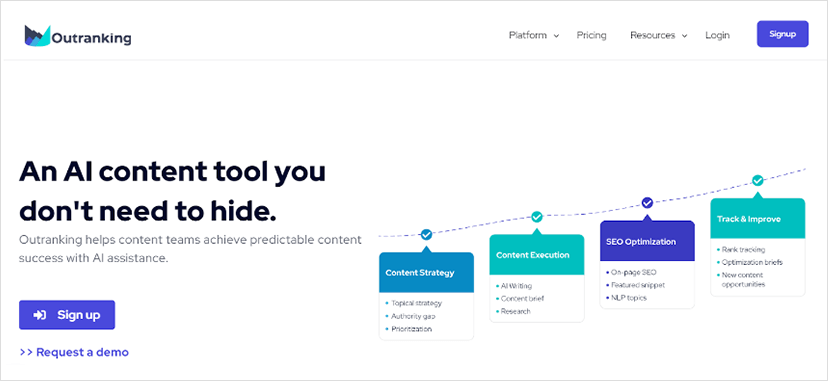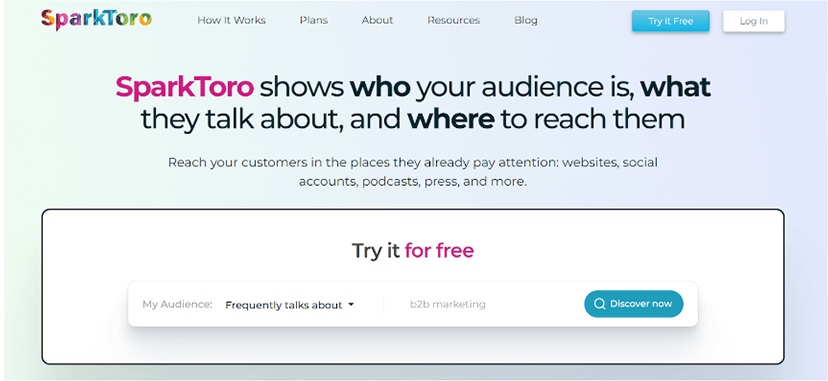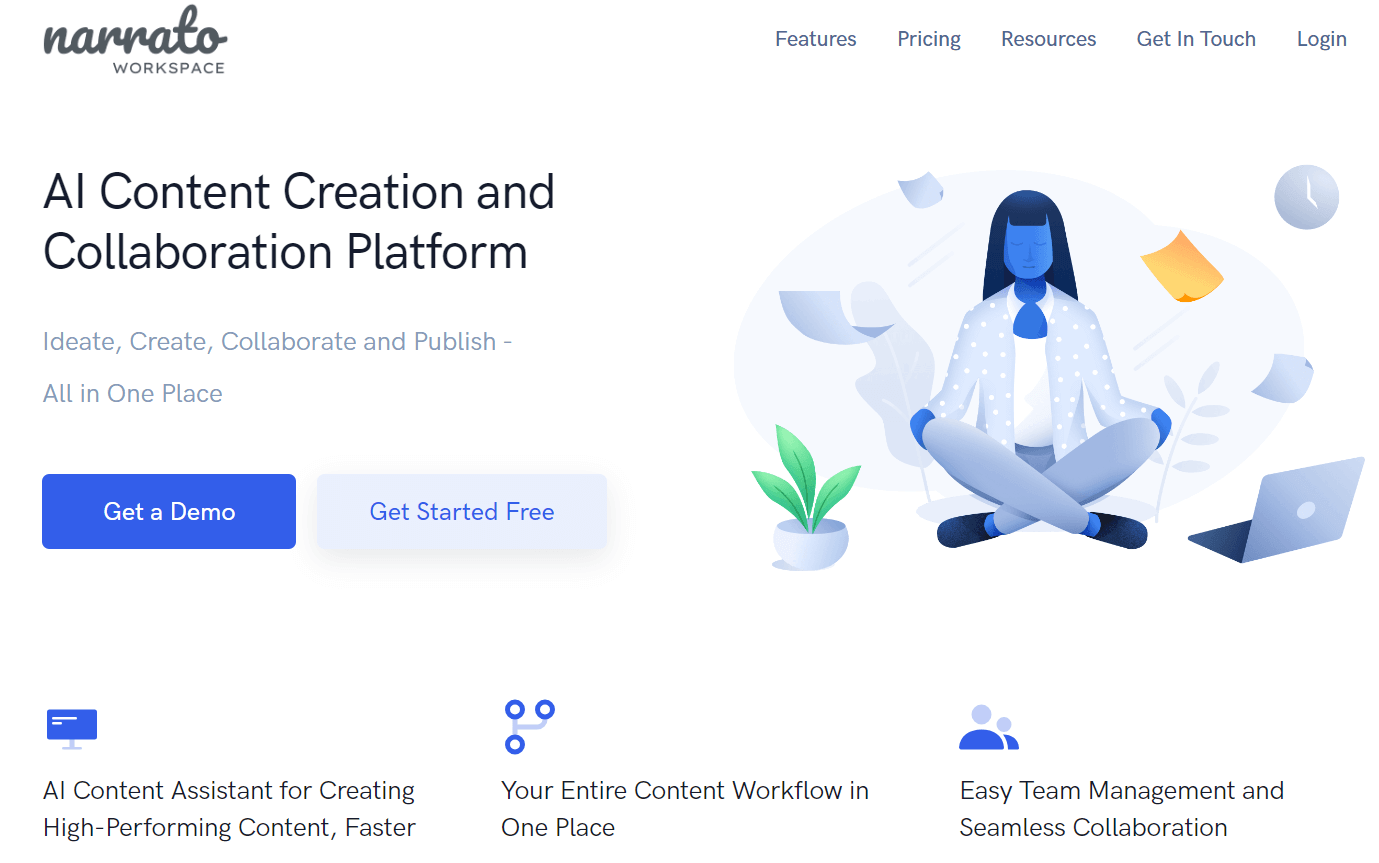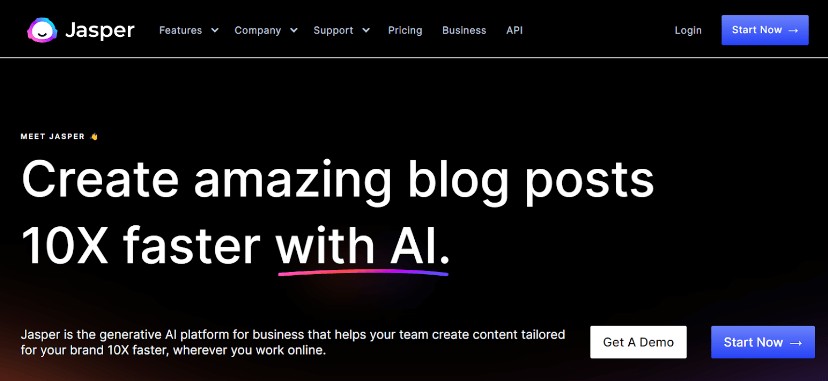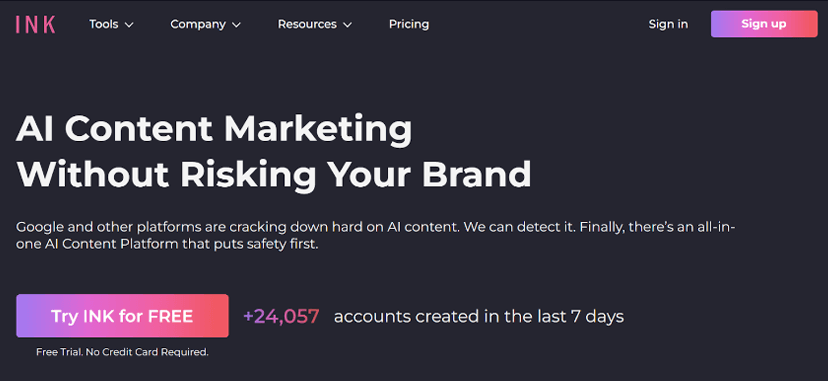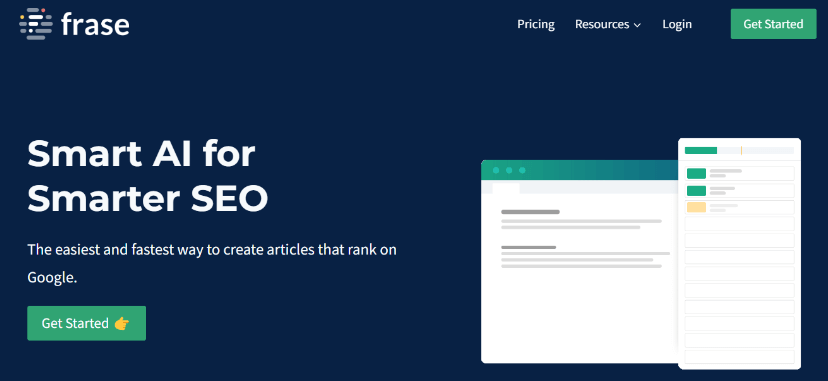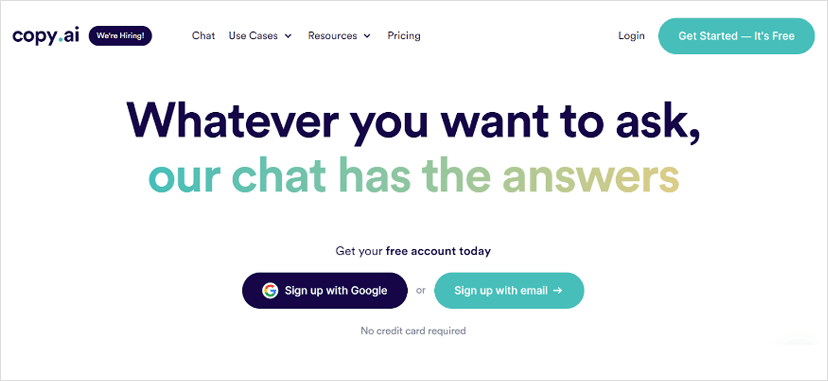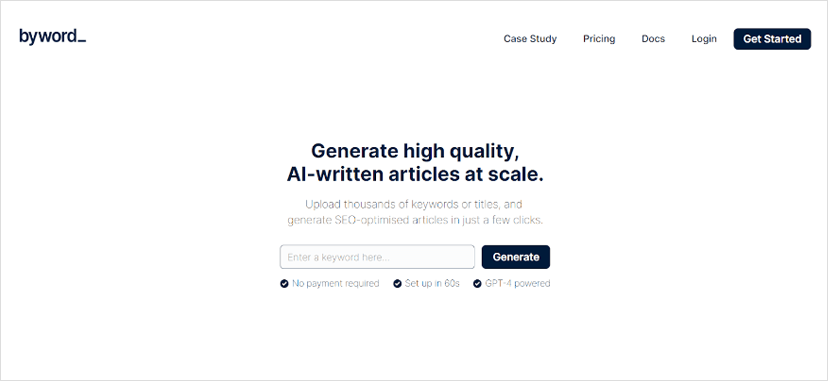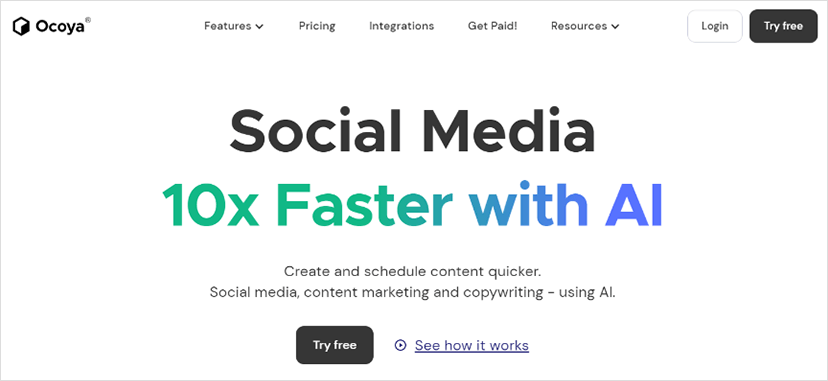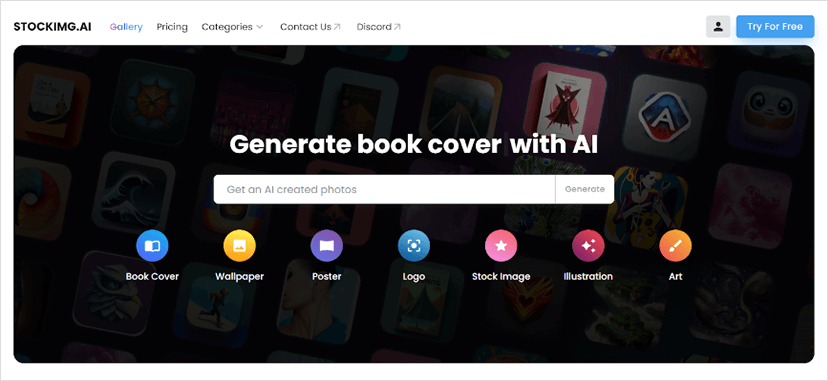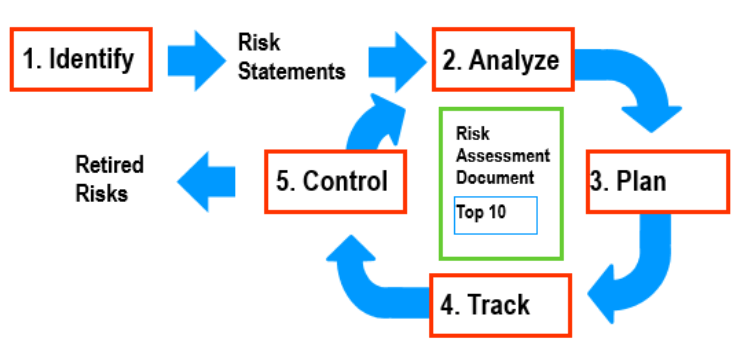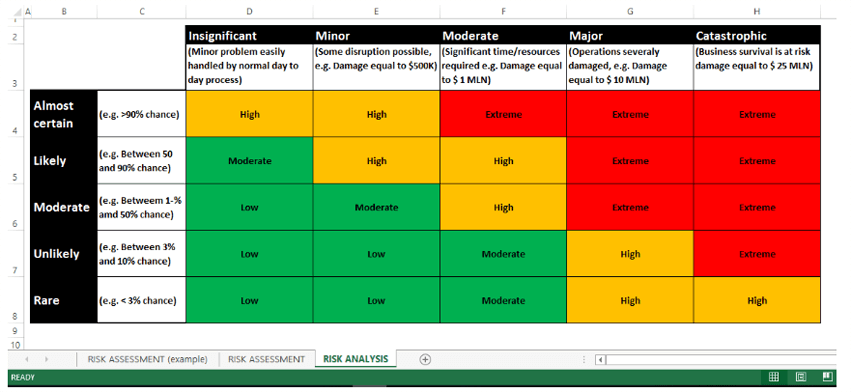Imagine you’re an orchestra conductor, tasked with leading a talented but disorganized group of musicians. Each one plays their instrument with skill, but they’re all following different sheet music. The result is a cacophony of disjointed sounds. That’s what managing your business processes can feel like without the right tools to harmonize your efforts.
Enter Business Process Mapping (BPM), the maestro capable of transforming that discord into a symphony of success.
In today’s ever-changing business environment, it’s essential to have a clear understanding of the processes that drive your organization. But with so many moving parts, it can be overwhelming to figure out where to start. Thankfully, we’re here to guide you through the intricacies of BPM, a powerful tool that can streamline your processes and elevate your productivity.
While mastering BPM comes with its own set of challenges, like tackling industry-specific obstacles or integrating with other improvement methodologies, the benefits it brings are well worth the effort. By the end of this article, you’ll be ready to orchestrate your organization’s workflow management with precision, leveraging BPM to create a harmonious and efficient operation.
So, let’s dive in and explore the transformative power of Business Process Mapping, turning the disarray into a finely tuned masterpiece of business success.

Wait, What’s Business Process Mapping, Anyway?
Let’s start by demystifying Business Process Mapping. Imagine you’re on a treasure hunt, and you’ve been given a detailed map to guide you toward the hidden treasure. Business Process Mapping works in a similar way – it’s a visual representation of your company’s processes, providing you with a clear picture of how things are done. It’s like a treasure map for your organization, helping you uncover the hidden gems of efficiency and productivity.
A crash course in what it is and why it matters
You might be wondering why Business Process Mapping matters so much. Well, here’s the deal:
- It helps you identify bottlenecks, redundancies, and inefficiencies in your processes.
- It paves the way for improvements and optimizations.
- It can serve as a communication tool, making it easier for employees to understand their roles and responsibilities.
In a nutshell, Business Process Mapping is all about getting a bird’s-eye view of your organization’s workflow, enabling you to make data-driven decisions and improvements.
Simplifying and optimizing processes for maximum efficiency
Now that you have a basic understanding of Business Process Mapping, let’s dive into the ways it can simplify and optimize your processes. Here are a few key benefits:
- Clarity and transparency: By visually representing your processes, it’s easier for everyone to see how things work and where improvements can be made. No more guessing or relying on outdated information.
- Streamlined communication: When everyone’s on the same page, it’s much easier to communicate changes and updates. Say goodbye to those frustrating misunderstandings.
- Reduced errors: With a clearer picture of your processes, you can identify potential pitfalls and make changes to minimize the risk of errors.
- Increased efficiency: Streamlining your processes means less time wasted on redundant tasks, and more time focusing on what really matters – growing your business.
To sum up, Business Process Mapping is a powerful tool that can help you cut through the complexity of your organization’s processes, enabling you to optimize them for maximum efficiency. And who doesn’t want a more efficient, streamlined business?

The Essentials of Business Process Mapping
Unleashing Your Inner Process Detective
Think of yourself as a process detective, on a mission to uncover the secrets of your organization’s workflows. Business Process Mapping is the magnifying glass that brings everything into focus. With this tool in hand, you’ll be able to:
- Identify redundancies and inefficiencies
- Uncover hidden opportunities for improvement
- Streamline communication and collaboration
So grab your detective hat and let’s dive into the art and science of process improvement.
The Art and Science of Process Improvement
Business Process Mapping isn’t just about drawing pretty diagrams – there’s a method to the madness. By using well-established techniques and methodologies, you’ll be able to systematically analyze and optimize your processes.
A few key strategies include:
- Value Stream Mapping: This method focuses on identifying value-added and non-value-added activities within a process.
- Swimlane Diagrams: These help clarify roles and responsibilities by visually separating tasks based on the individuals or departments involved.
Picture This: Visualizing Your Way to Success
Visualizing your processes is a game-changer. By creating clear, easy-to-understand diagrams, you’ll be able to:
- Pinpoint bottlenecks and inefficiencies
- Identify areas for improvement
- Communicate changes and updates more effectively
Remember, a picture is worth a thousand words, and in the world of Business Process Mapping, it’s also worth a thousand opportunities for growth and success.
One for All, and All for One: Standardizing Your Processes
When it comes to processes, consistency is key. Standardizing your workflows can yield a plethora of benefits, such as:
- Improved efficiency: With everyone following the same steps, there’s less confusion and fewer errors.
- Enhanced communication: Consistency makes it easier for employees to collaborate and understand their roles.
- Scalability: Standard processes are easier to replicate and scale as your business grows.
So go ahead, rally your team around the idea of standardized processes, and watch as your organization flourishes.
Teamwork Makes the Dream Work: Collaboration in Action
Business Process Mapping isn’t a one-person show – it’s a team effort. Collaboration is vital to:
- Gather insights from different perspectives
- Ensure that all stakeholders are on board with changes
- Maintain a sense of ownership and accountability
So don’t be shy about inviting your colleagues to the process improvement party. Remember, teamwork is the secret ingredient that makes the Business Process Mapping recipe truly delectable.
Keep on Keeping on: The Beauty of Continuous Improvement
The journey of Business Process Mapping is not a one-time event – it’s a continuous cycle of assessment and optimization. By embracing a mindset of constant improvement, you’ll be able to:
- Stay agile and adapt to changes
- Keep your processes up-to-date and relevant
- Foster a culture of innovation and growth
So, keep on keeping on, and watch as your organization reaps the rewards of a never-ending commitment to progress and success.

7 Business Processes That Can’t-Wait to Meet Business Process Mapping
1.) Hiring and Onboarding: Smoothing Out the Employee Journey
Think of the employee journey as a delicate dance of recruitment, interviews, and onboarding. Business Process Mapping transforms this dance into a well-choreographed performance. By streamlining job postings, application processes, creating a consistent interview experience, and developing a seamless onboarding plan, you’ll set new hires up for success. So, grab your dancing shoes and glide through the hiring and onboarding process like a pro.
2.) Customer Service and Support: Making Every Interaction Count
In customer service, every interaction matters. Business Process Mapping ensures that your customers feel heard, understood, and valued. Identifying pain points, improving areas, standardizing response times, and communication channels, and implementing effective feedback loops for continuous improvement, will help create memorable customer experiences.
3.) Supply Chain Management: Keeping Things Moving Seamlessly
Managing a supply chain can feel like a high-stakes juggling act. With Business Process Mapping, you’ll keep all the balls in the air. Streamlining procurement, supplier management, enhancing inventory control, forecasting, and optimizing logistics and distribution networks are just a few ways Business Process Mapping can help you take control of your supply chain like the master juggler you were always meant to be.
4.) Product Development and Design: From Idea to Reality, Faster
Have a brilliant product idea? Business Process Mapping can help bring it to life faster. Identifying and eliminating bottlenecks, streamlining communication between design, engineering, and production teams, and establishing clear milestones and deliverables are all part of the process. With the power of Business Process Mapping, your idea will go from concept to creation in no time.
5.) Marketing Campaigns and Strategies: Hitting the Bullseye, Every Time
A successful marketing campaign is like a well-aimed arrow – it hits the target with precision and impact. Business Process Mapping can help sharpen your aim. Defining clear goals, objectives, mapping out content creation, approval workflows, and streamlining campaign tracking and analysis are all part of the process. So, channel your inner archer and let Business Process Mapping guide your marketing campaigns to the bullseye.
6.) Sales Processes and Lead Generation: Turning Leads into Loyal Customers
Want to turn leads into loyal customers? Business Process Mapping is your secret weapon. Streamlining lead qualification, nurturing, optimizing sales funnel management, and enhancing communication between sales and marketing teams are strategies to convert even the most elusive leads into lifelong customers.
7.) Financial and Accounting Processes: Getting the Numbers to Work for You
Financial and accounting processes might not be the most glamorous part of your business, but they’re essential for success. Business Process Mapping helps you get those numbers working in your favor. Streamlining invoicing, expense tracking, improving budgeting, forecasting, and ensuring compliance with financial regulations will guide your business to financial success.

Delving Deeper: Angles and Applications
Business Process Mapping: The Ultimate Workflow Whisperer
Imagine if you had a magical ability to communicate with your workflows, understanding their deepest desires and needs. Business Process Mapping is like the ultimate workflow whisperer, helping you streamline your processes for a well-oiled organization. By visualizing, analyzing, and optimizing each step, you’ll be able to identify gaps and opportunities to ensure your business runs like a finely tuned machine.
When the Going Gets Tough: Tackling Industry-Specific Challenges
Every industry has its unique obstacles and challenges, but fear not – Business Process Mapping can help you navigate these hurdles with ease. Consider the healthcare industry, where strict regulations and patient privacy concerns can make process improvements seem daunting. By using Business Process Mapping to identify inefficiencies and redundancies, healthcare providers can streamline their workflows while maintaining compliance.
Strategies for Overcoming the Bumps on the Road to Success
- Collaborate with industry experts and stakeholders to gain valuable insights
- Leverage industry-specific software and tools to enhance process mapping
- Stay up-to-date with regulatory changes and industry trends
- Encourage a culture of continuous learning and improvement within your organization

The Dynamic Duo: Business Process Mapping Meets Other Improvement Methodologies
When it comes to process improvement, there’s no need to reinvent the wheel. Combining the power of Business Process Mapping with other established improvement methodologies can lead to incredible results. Let’s explore how Business Process Mapping can work in tandem with some popular improvement methodologies to drive even greater success:
Lean Principles and Business Process Mapping: A Match Made in Efficiency Heaven
Lean principles focus on reducing waste and increasing value for customers. By integrating Business Process Mapping with Lean principles, you can identify non-value-added steps in your processes and eliminate them for a more streamlined, customer-focused workflow.
Tactics for a Leaner Business Process Mapping approach:
- Use value stream maps to visualize and analyze the flow of information and materials
- Identify the 8 forms of waste (defects, overproduction, waiting, non-utilized talent, transportation, inventory, motion, and extra processing) and eliminate them from your processes
- Continuously optimize processes to enhance customer value
Kaizen and Business Process Mapping: Continuous Improvement Superstars
Kaizen is a Japanese term that means “change for the better” and represents the philosophy of continuous improvement. When you combine Kaizen with Business Process Mapping, you create a powerful cycle of assessment, optimization, and ongoing enhancements.
How to incorporate Kaizen into your Business Process Mapping efforts:
- Engage employees at all levels to identify areas for improvement
- Conduct regular process reviews and brainstorm solutions to identified issues
- Implement small, incremental changes and monitor their impact on overall performance
Agile and Business Process Mapping: Flexibility Meets Visualization
Agile methodologies focus on iterative, flexible, and customer-centric development. When paired with Business Process Mapping, Agile can help you adapt your processes quickly to accommodate changing business requirements and customer needs.
Tips for integrating Agile with Business Process Mapping:
- Break down processes into smaller, manageable tasks or “sprints”
- Foster a culture of collaboration and open communication among cross-functional teams
- Regularly review and update process maps to reflect evolving business goals and customer expectations
By combining Business Process Mapping with other improvement methodologies like Lean, Kaizen, and Agile, you can unlock even greater potential for organizational efficiency and success. So, don’t hesitate to explore these dynamic duos for a powerhouse approach to process improvement.
Wrapping It Up: Embrace the Magic of Business Process Mapping
As you’ve seen throughout this article, Business Process Mapping holds the key to unlocking a world of possibilities for your organization. By visualizing, analyzing, and optimizing your processes, you can streamline workflows, increase efficiency, and drive growth.
Remember, the journey to process improvement doesn’t end with just one map. Cultivate a culture of continuous improvement by regularly reviewing, refining, and updating your process maps. Encourage collaboration and open communication among team members to identify new opportunities for optimization.
When you combine the power of Business Process Mapping with other improvement methodologies like Lean, Kaizen, and Agile, you create a potent recipe for success. No matter the industry or business challenge, this transformative methodology can help you navigate the ever-evolving landscape of business with confidence.
So, don’t wait any longer – dive into the magic of Business Process Mapping and unleash the full potential of your organization. It’s time to fuel your growth, revolutionize your workflow management, and steer your organization toward a bright and prosperous future.




















